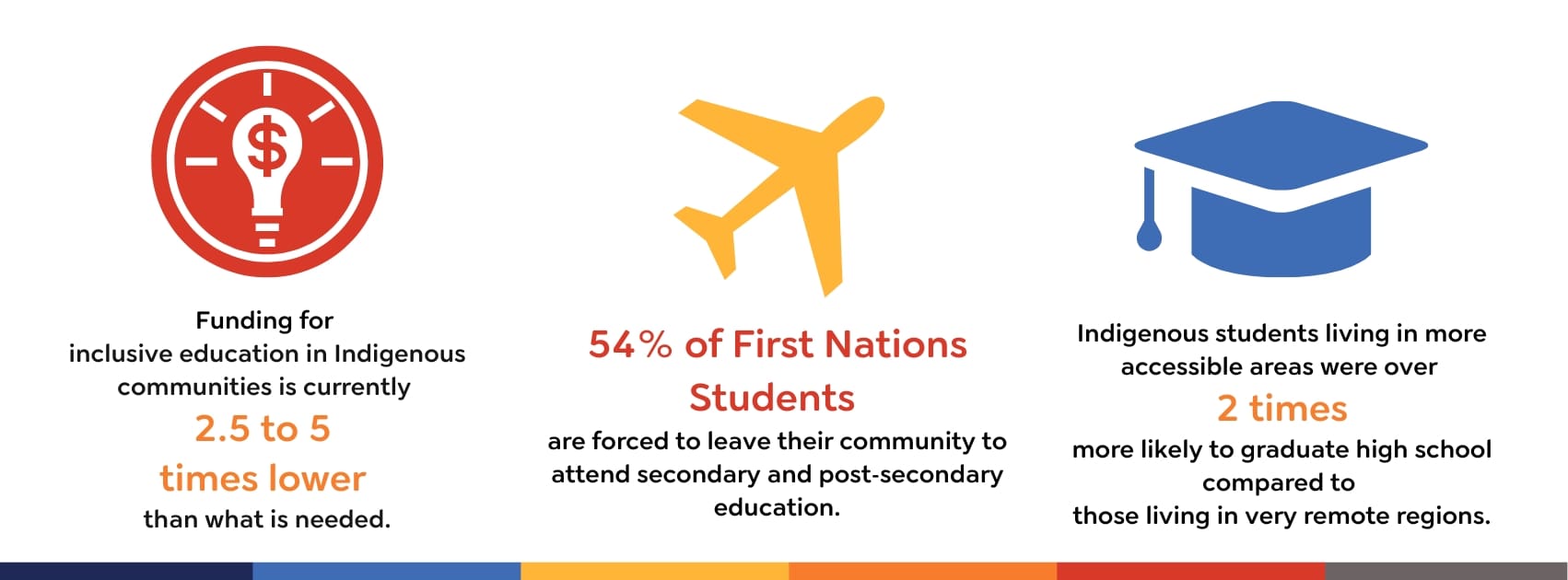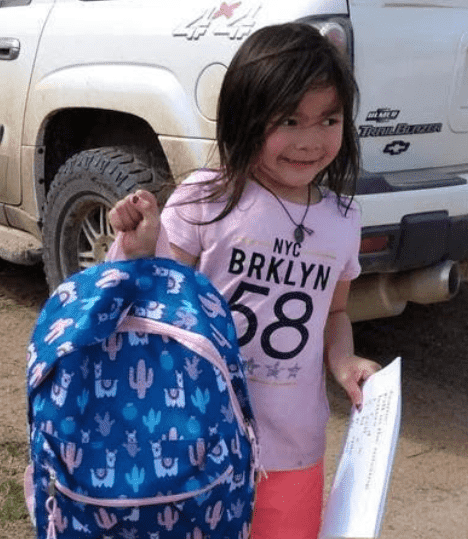Northern Reads
We’re proud to promote literacy and provide culturally relevant books…


True North Aid supports education by providing school supplies, educational opportunities, and literacy support to remote communities across the country through initiatives like Back to School, and Northern Reads.
Your donation to the Education Fund can help send backpacks to remote northern Indigenous communities, filled with pens, pencils, pencil crayons, a pencil case, a math set, erasers, a ruler, glue sticks, a calculator, pads and notebooks – everything needed to start the school year.
We get requests for thousands of supplies, from over 40 communities across Canada. The need is great. With your help, we can support more students each year.

We’re proud to promote literacy and provide culturally relevant books…
Since 2021, True North Aid has partnered with LEGO Replay,…
In 2022, This program ran a six-week reading and physical…
On September 14, 2022, Indigenous Language teachers and school administrators…
Through the COVID-19 pandemic, True North Aid launched Learning from…
True North Aid has partnered with schools across the nation…
Educational Disparities in High School Completion (2021)
In 2021, significant gaps in high school completion rates persisted between Indigenous and non-Indigenous youth in Canada. Among those aged 18 to 24:
52.2% of First Nations youth living on reserve had completed high school,
73.3% of First Nations youth living off reserve,
82.0% of Métis youth, and
50.1% of Inuit youth had earned a high school diploma or equivalent.
In comparison, 89.6% of non-Indigenous youth in the same age group had completed high school.
Barriers to Quality Education in Remote Indigenous Communities
Indigenous students in remote and northern communities often face major challenges accessing quality education.
Indigenous Education Systems in Canada Have Faced Decades of Chronic Underfunding & Underfunding Still Continues
Requests for increased funding from Indigenous communities are often ignored by Indigenous Services Canada (ISC).
The current funding model (IRFF) is overly complex, prone to calculation errors, and often excludes critical data.
Delayed funding makes it difficult for Indigenous communities to effectively plan and manage education services.
Indigenous Racism and Exclusion in Education